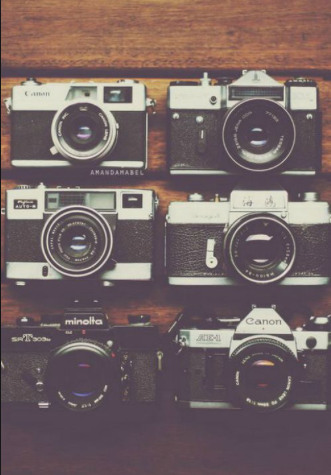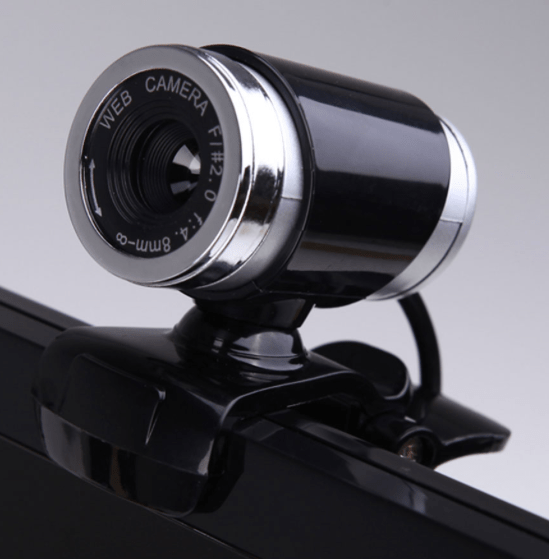The different forms of Lens-based equipment for digital imagery based on my media studies.
Digital cameras:
The main form of photography in this generation is done with digital cameras, this is a camera that stores pictures in electronic memory instead of film.
Because of this, a digital camera can hold many more pictures than a traditional film camera, which over time has grown on photographers as they are easier to view and store their images.
Digital cameras are much more effective for what photographers need today, with the internet and social media being the biggest influence for businesses and interest to everyone’s day to day life, it is important that photographers are able to keep their images safe, and to send their work virally and efficiently with no quality loss.
For this, because digital cameras use an image sensor instead of photographic film, to store images we use memory cards or SD cards to store the photos in a digital format.
Images can be transferred either over the internet, connecting USB cables and wireless transferring which compared to film cameras is a huge pro.
What I love about digital cameras, DSLR’s, in particular, is the way that you can view your images in their full potential using the screen, whereas with film cameras you can’t do so. DSLR’s are perfect for photographers as they allow you to adjust your cameras shutter speed, aperture, ISO, which is important when trying to capture the perfect image.
Some cameras don’t allow you to change settings but as for DSLR’s they are perfect for doing so, and they are the best for capturing high resolution and high-quality images.


Film cameras:
A film camera is basically a lightproof box that lets in a bit of light at just the right moment. Once the light enters the camera, it creates an image by causing a chemical reaction on photo film. Used since the late 1800s, the film is a chemical on a plastic substrate (film) that is sensitive to light.
Film cameras are analogue cameras. (Analogue is a representation of an object that resembles the original. Analogue devices monitor conditions, such as movement, temperature and sound, and convert them into analogous electronic or mechanical patterns)
Unlike digital cameras film cameras store images on film strips which are extremely delicate towards the light, making film strips fragile and important to keep safe.
Developing the film takes research and skill to ensure the images aren’t destroyed. Exposure of light or wrong development in the developing processes can destroy images.
Patience is needed with shooting on film, as unlike digital cameras you have to wait until the developing processes are complete. Whereas with digital cameras, you can see them straight after taking a picture. Although there is a lot of risks of complications in using film cameras, they are a prized joy within photography.
With film cameras you don’t know what you’re going to get, the tension of waiting and not knowing whether or not it has gone right or wrong can be a thrill.
Film scanners have become extremely popular with film photography as it transfers negatives into high-quality images to computers, which can be edited and sent through the internet to publish and showcase online.


Mobile phone cameras:
The mobile phone camera is able to capture photographs and often record videos, using one or more built-in digital camera.
Most camera phones are simpler than other digital cameras we know, they have much poorer lighting, they lack a physical shutter, some have a long shutter lag, optical zoom, and tripod screws are rare.
Mobile phone cameras have improved more so over the years creating built-in modes such as panorama, slow motion, video, time-lapse, effects, timer, live, HDR, rear-facing camera and flash.
Because of this, it has given people the experience of taking pictures an easier way, without spending a lot of money and without the difficulties of using digital cameras. Some mobile phones lack a USB connection or a removable memory, but most have Bluetooth and wifi which is extremely easy when wanting to share photographs as they are already on your phone. Mobile phone cameras are mostly the starting point to people’s interests into photography, as there are many apps for editing and sharing on social media.


Webcams:
Webcams are digital cameras connected through computers, they are used for sending live images from it’s sited location by means of the internet.
The webcam is widely used for video chatting on sites such as Skype for long distant video calls. Many desktop computer screens and laptops come with a built-in camera and microphone, but they can be bought separately too. Webcams are similar to a digital camera and work much the same way, although unlike a digital camera they are known for low-quality photos and videos.
Primarily designed to upload photos onto web pages or to send across the internet. Some laptops which are more expensive such as Apple include effects and animations to their webcam which adds quality to their customers. But all in all, webcams are very basic in terms of cameras.


Scanning equipment:
Flatbed scanners for scanning film :
Made for scanning photographic film directly to computers without the use of any intermediate printmaking. The scanner is a much simpler way to convert film negatives, positives or reversal/IP photographs without going through the developing process in the darkroom.
With film scanners, you are able to transfer film photographs directly to a computer with the option to edit/convert your images in photoshop to share throughout the internet.
To me, film scanners are extremely handy when wanting to shoot in film, but not wanting to have the long process of developing the film and waiting for the images, to only have to do them again if it didn’t come out properly.
A positive of using a film scanner is being able to have the images straight on your computer, with the ability to change the quality and detail instead of having it on photographic paper as it was taken.




Drum scanner:
Drum scanners are used by publishing industries to capture high resolution, detailed, sharp, dynamic ranged, and colour renditioned images.
The drum scanner tape, clamp and fit photographs and transparencies to clear cylinders and spun over 1,00 RPM during the scanning operation.
Drum scanning is a lot of hard work due to wet mounting. Compared to other scanners they are high maintenance, as they are high-end high-precision mechanical devices that need a lot of care, regular maintenance and most of all a skilful operator.


Find out more about my work: www.georgiabryant98.wixsite.com/portfolio
Interested in reading more of my work? Read ‘what inspires me to photograph‘










![21 Great Examples of PowerPoint Presentation Design [+ Templates] 21 Great Examples of PowerPoint Presentation Design [+ Templates]](https://apptimes.wpenginepowered.com/wp-content/uploads/2019/10/powerpoint-design-examples-1-218x150.jpeg)












